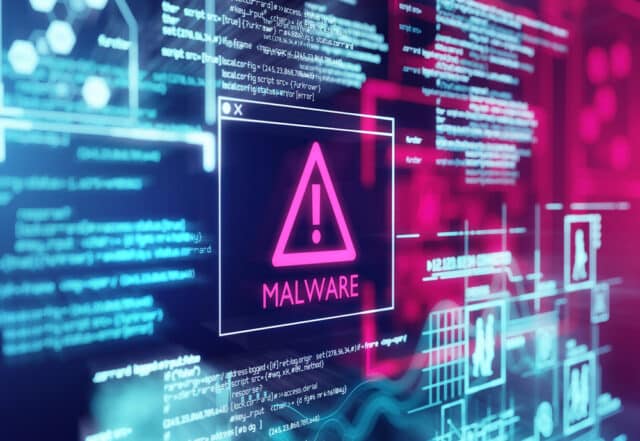Malware-as-a-Service accounts for 57 percent of all threats

A new report from Darktrace reveals that Malware-as-a-Service (MaaS) is now responsible for 57 percent of all cyber threats to organizations, a 17 percent increase from the first half of 2024.
The use of remote access trojans (RATs) has also seen a significant increase in the latter half of last year, representing 46 percent of campaign activity identified, compared to only 12 percent in the first half.
Phishing remains attackers' preferred technique, with over 30.4 million phishing emails detected across Darktrace's customer base between December 2023 and December 2024. The techniques observed highlight how threat actors continue to curate more targeted and sophisticated emails to improve the success of their campaigns. Of all the phishing emails detected in 2024 38 percent were spear-phishing attempts, tailored attacks on high value individuals, while 32 percent used novel social engineering techniques like QR codes and AI generated text.
What's also concerning is that 70 percent of phishing emails successfully passed the widely used DMARC authentication approach and 55 percent passed through all existing security layers before Darktrace detection.
Nathaniel Jones, VP of threat research at Darktrace, says, "Email is at the forefront of the evolving threats we're seeing across the threat landscape. Ransomware-as-a-Service tools, combined with the growing use of AI, are allowing even low-skilled attackers to engineer convincing, targeted email attacks at scale, and making it harder than ever for traditional security measures to keep up."
Some of the most significant campaigns observed in 2024 involved the ongoing exploitation of vulnerabilities in edge and perimeter network technologies, with 40 percent of identified campaign activity in the first half of the year involving the exploitation of internet-facing devices.
"The combination of Cybercrime-as-a-Service, automation and AI are increasing the sophistication and diversity of attack techniques faster than ever -- from AI-enhanced phishing campaigns to evolving ransomware strains," adds Jones. "Detecting and responding to threats in progress is no longer sufficient. Organizations must prioritize cyber resilience by proactively addressing weaknesses across systems, people, and data before attackers can exploit them."
You can find out more on the Darktrace blog.
Image credit: solarseven/depositphotos.com
